LA JOLLA, CA—Scientists at La Jolla Institute for Immunology (LJI) have developed a new computational method for linking molecular marks on our DNA to gene activity. Their work may help researchers connect genes to the molecular “switches” that turn them on or off. This research, published in Genome Biology, is an important step toward harnessing machine learning approaches to better understand links between gene expression and disease development.
Tag: DNA
New DNA origami technique promises breakthroughs in medicine
A new study led by the University of Portsmouth in England has developed an innovative method to customise and strengthen DNA origami structures, which could lead to advances in medicine, biotechnology, and beyond.
Moffitt Study Suggests Cells Possess Hidden Communication System
Cells constantly navigate a dynamic environment, facing ever-changing conditions and challenges. But how do cells swiftly adapt to these environmental fluctuations? A new Moffitt Cancer Center study, published in iScience, is answering that question by challenging our understanding of how cells function. A team of researchers suggests that cells possess a previously unknown information processing system that allows them to make rapid decisions independent of their genes.
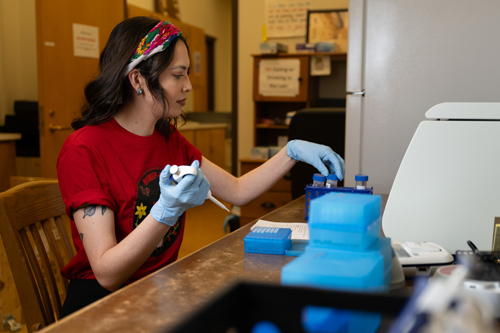
Native UM Student Works to Create Missing Persons Database
Haley Omeasoo was already studying forensic science at the University of Montana when she saw the poster that redefined her life.

UC Irvine-led research team builds first tandem repeat expansions genetic reference maps
A research team led by the University of California, Irvine has built the first genetic reference maps for short lengths of DNA repeated multiple times which are known to cause more than 50 lethal human diseases, including amyotrophic lateral sclerosis, Huntington’s disease and multiple cancers.
Regular Exercise Prevents DNA Damage with Aging
Regular aerobic exercise later in life prevents genomic instability characterized by DNA damage and telomere dysfunction
Penn scientists create novel technique to form human artificial chromosomes
Human artificial chromosomes (HACs) capable of working within human cells could power advanced gene therapies, including those addressing some cancers, along with many laboratory applications, though serious technical obstacles have hindered their development. Now a team led by researchers at the Perelman School of Medicine at the University of Pennsylvania has made a significant breakthrough in this field that effectively bypasses a common stumbling block.
UC Irvine-led research team discovers role of key enzymes that drive cancer mutations
A research team led by the University of California, Irvine has discovered the key role that the APOBEC3A and APOBEC3B enzymes play in driving cancer mutations by modifying the DNA in tumor genomes, offering potential new targets for intervention strategies.
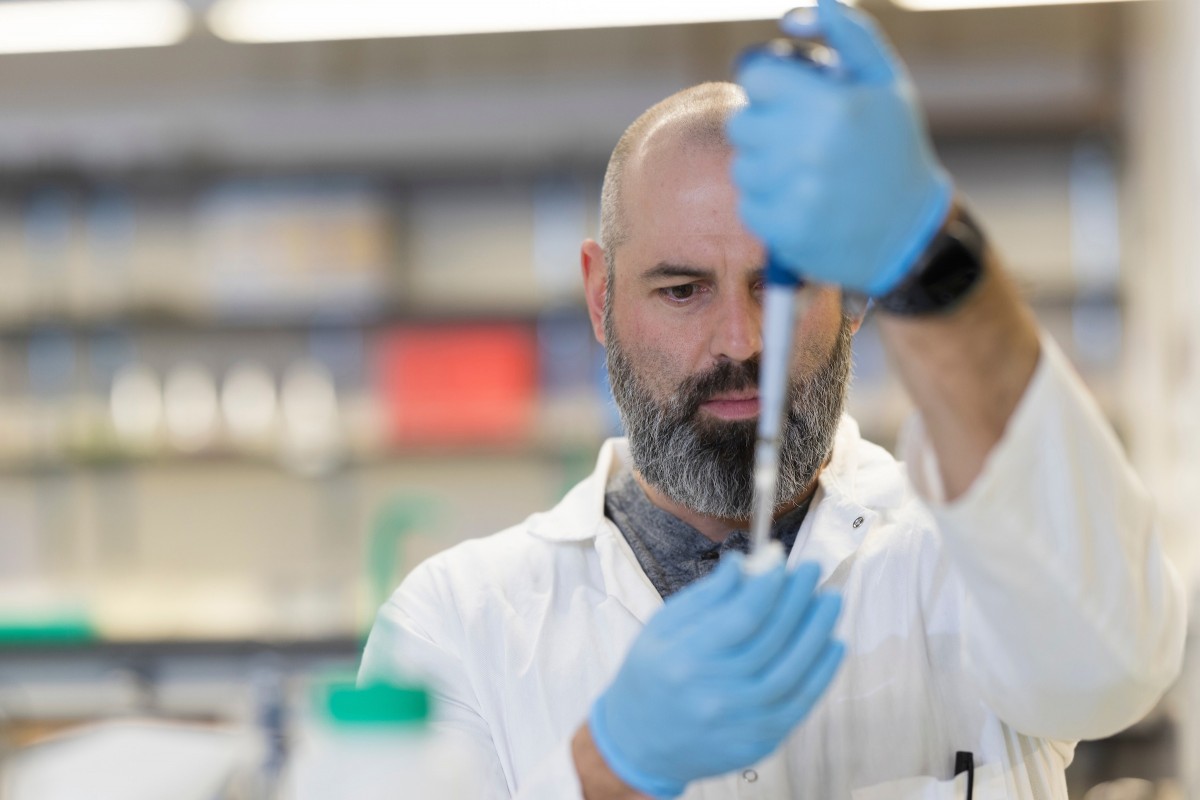
Scientists ID burned bodies using technique used for extracting DNA from wooly mammoths, Neanderthals
A technique originally devised to extract DNA from woolly mammoths and other ancient archaeological specimens can be used to potentially identify badly burned human remains, according to research from Binghamton University, State University of New York.
First DNA study of ancient Eastern Arabians reveals malaria adaptation – study
People living in ancient Eastern Arabia appear to have developed resistance to malaria following the appearance of agriculture in the region around five thousand years ago, a new study reveals.
Junk DNA in birds may hold key to safe, efficient gene therapy
The recent approval of a CRISPR-Cas9 therapy for sickle cell disease demonstrates that gene editing tools can do a superb job knocking out genes to cure hereditary disease.

Detecting Pathogens–and Sepsis–Faster and More Accurately by Melting DNA
A new analysis method can detect pathogens in blood samples faster and more accurately than blood cultures, which are the current state of the art for infection diagnosis. The new method, called digital DNA melting analysis, can produce results in under six hours, whereas culture typically requires 15 hours to several days, depending on the pathogen.
Male fertility gene discovery reveals path to success for sperm
The discovery of a pair of genes that work in perfect harmony to protect male fertility, could provide new insights into some unexplained cases of the most severe form of infertility, research suggests.
Smoking has long-term effects on the immune system
Like other factors such as age, sex and genetics, smoking has a major impact on immune responses.
Building a DNA nanoparticle to be both carrier and medicine
A pair of Iowa State University geneticists are among the first research teams in the world to construct DNA nanoparticles that can express their own built-in genetic instructions.
Extra Fingers and Hearts: Pinpointing Changes to Our Genetic Instructions That Disrupt Development
Scientists can now predict which single-letter changes to the DNA within our genomes will alter genetic instructions and disrupt development, leading to changes such as the growth of extra digits and hearts.
Companion Penn Medicine Studies on AAV-based Gene Therapies in Non-Human Primates Suggest Integration into Human DNA is Unlikely to Drive Cancer Mutations While Offering the Potential for Durable Expression of the Transgene
Gene therapy adeno-associated viruses (AAVs)—viruses that can be engineered to deliver DNA to target cells—are unlikely to cause cancer-triggering insertions in humans or monkeys and may contribute to long-term efficacy, according to new research from the University of Pennsylvania’s Gene Therapy Program (GTP).
Nanoparticle quasicrystal constructed with DNA
Nanoengineers have created a quasicrystal—a scientifically intriguing and technologically promising material structure—from nanoparticles using DNA, the molecule that encodes life.
Markey Cancer Center study provides valuable insights into drivers of cancer risk
As people age, the DNA in their cells begins to accumulate genetic mutations. Mosaic chromosomal alterations (mCAs), a category of mutations acquired in blood cells, are linked with a 10-fold increased risk of developing blood cancer. mCAs hold promise as a tool to identify people at high risk of developing certain cancers and diseases, but they have not yet been studied among a large, diverse cohort of people – a critical step required before such testing can be developed. University of Kentucky Markey Cancer Center researcher Yasminka A. Jakubek, Ph.D., has led the first large-scale effort to understand the co-occurrence of mCAs among individuals of diverse ancestries. The study was published in Nature Genetics Oct. 30.
DNA aptamer finds novel application in regulating cell differentiation
Generating specific cell lineages from induced pluripotent stem cells and embryonic stem cells is the holy grail of regenerative medicine.

Bioengineering breakthrough increases DNA detection sensitivity by 100 times
UMass Amherst researchers have pushed forward the boundaries of biomedical engineering one hundredfold with a new method for DNA detection with unprecedented sensitivity.

DNA from discarded whale bones suggests loss of genetic diversity due to commercial whaling
Commercial whaling in the 20th century decimated populations of large whales but also appears to have had a lasting impact on the genetic diversity of today’s surviving whales, new research from Oregon State University shows.
The missing link to make easy protein sequencing possible?
There has been a real race among scientists to create a technology that enables easy protein sequencing. Professor of Chemical Biology Giovanni Maglia of the University of Groningen has now found the missing piece in the puzzle: a way to transport a protein through a nanopore, which allows sequencing of proteins in a simple, handheld device.
Capacity building and knowledge transfer in genomics and bioinformatics
The African BioGenome Project, a large-scale international research project involving Konstanz bioinformatician Abdoallah Sharaf, successfully launched its “Open Institute”. The institute’s mission: accelerating knowledge exchange in biodiversity genomics and bioinformatics.

Green Genetic Engineering: Making Mendel’s Dream Come True with Molecular Scissors
Molecular biologist Professor Holger Puchta from Karlsruhe Institute of Technology (KIT) is granted funding within a Reinhart Koselleck Project by the German Research Foundation (DFG) for work on specific restructuring of plant genomes. Puchta, a pioneer of green genetic engineering,…
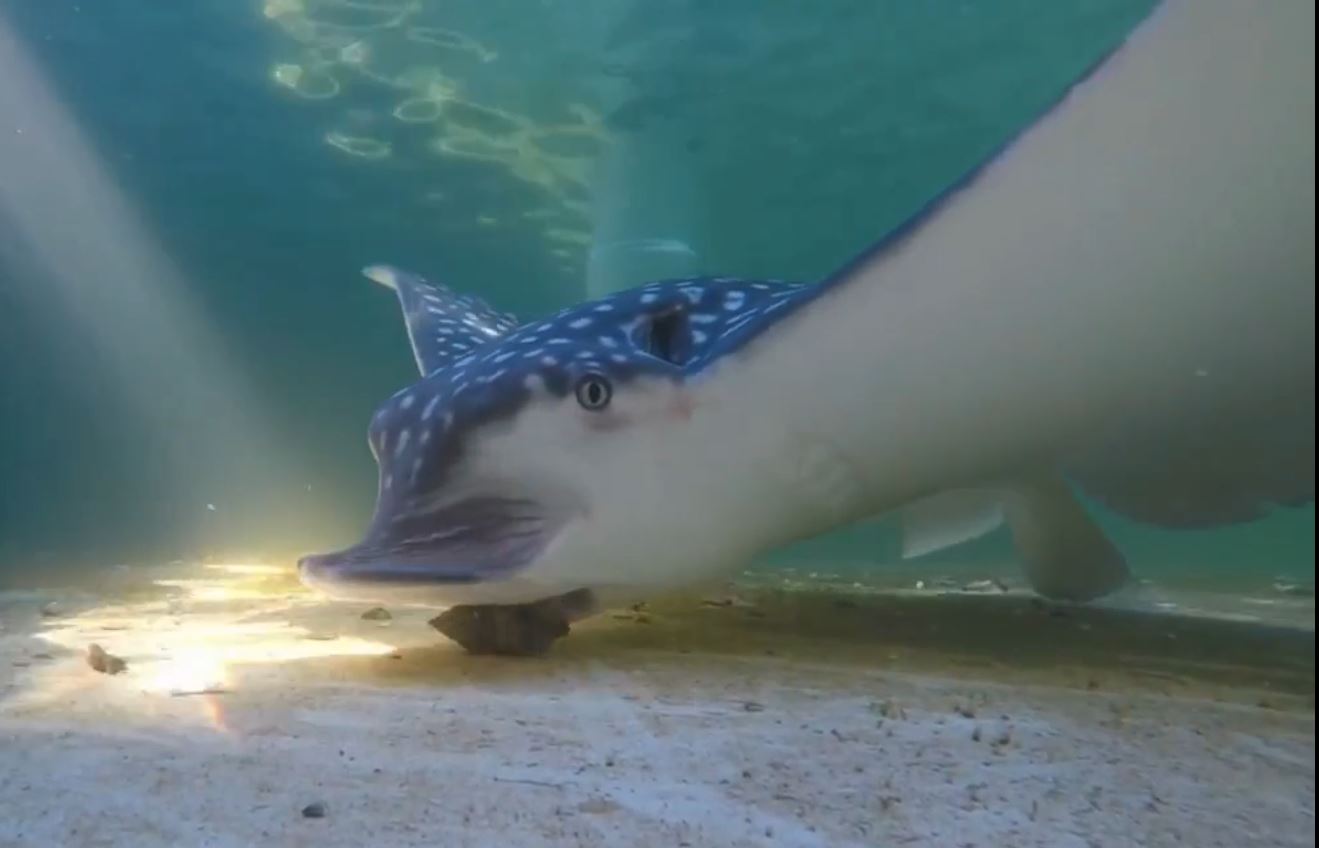
DNA Decodes the Dining Preferences of the Shell-Shucking Whitespotted Eagle Ray
With mighty jaws and plate-like teeth, the globally endangered whitespotted eagle ray can pretty much crunch on anything. Yet, little information is available on critical components of their life history in the U.S., such as their diet.
Technology Developed at Rutgers Sublicensed to Global Biopharmaceutical Company
Base editing technology invented at Rutgers, The State University of New Jersey, and exclusively licensed to Revvity, Inc. subsidiary Horizon Discovery, has been sub-licensed to biopharmaceutical company AstraZeneca to support its creation of cell therapies for the treatment of cancer and immune-mediated diseases.
The Alliance for Genomic Discovery announces founding biopharma members: AbbVie, Amgen, AstraZeneca, Bayer and Merck
Illumina Inc., a global leader in DNA sequencing and array-based technologies, in collaboration with Nashville Biosciences LLC, a leading clinical and genomic data company and wholly owned subsidiary of Vanderbilt University Medical Center, today announced the five founding new members of the Alliance for Genomic Discovery (AGD).
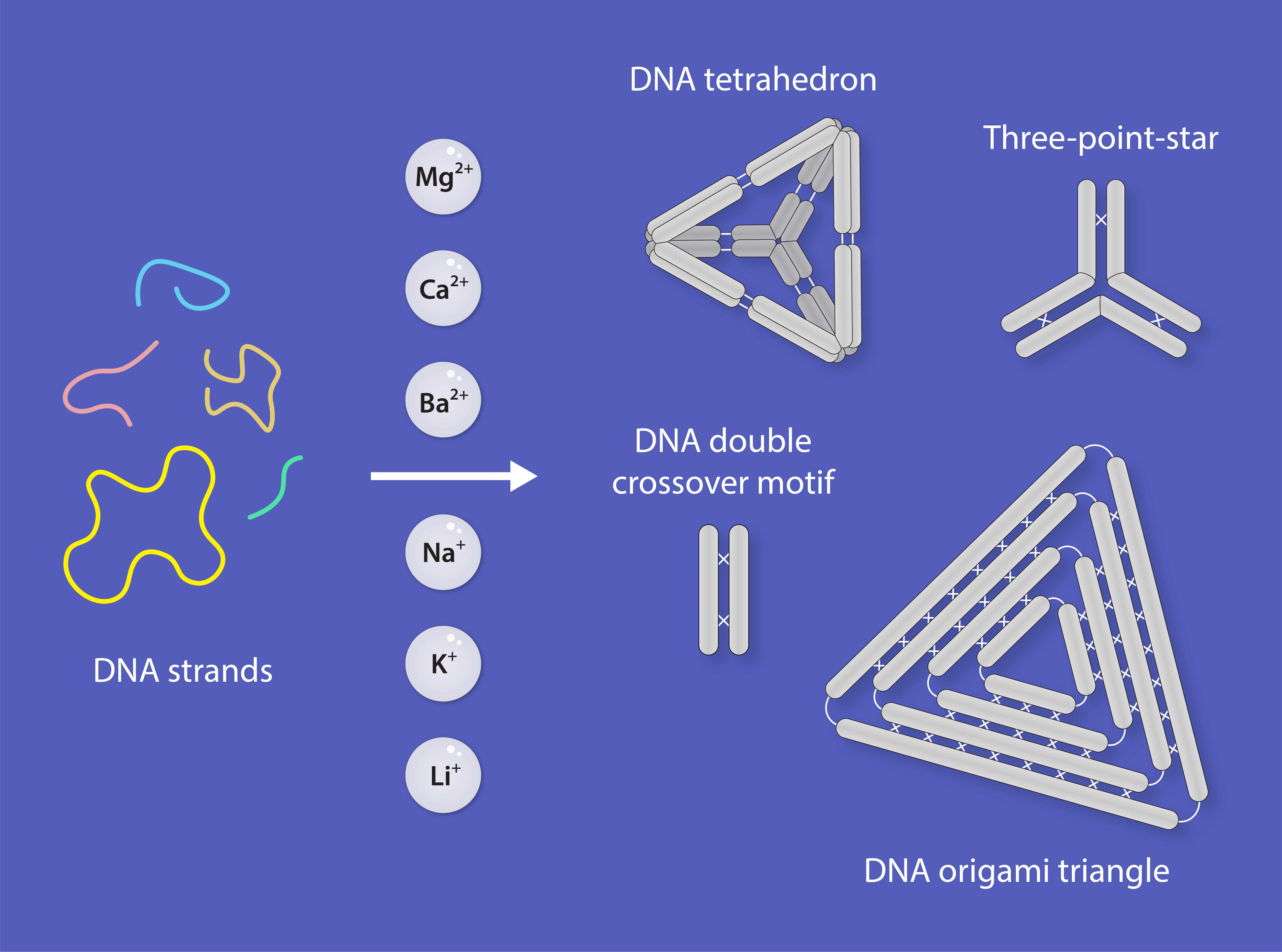
RNA Institute Researchers Advance DNA Nanostructure Stability
Researchers at the University at Albany’s RNA Institute have demonstrated a new approach to DNA nanostructure assembly that does not require magnesium. The method improves the biostability of the structures, making them more useful and reliable in a range of applications.
Chemical Found in Common Sweetener Damages DNA
A new study finds a chemical formed when we digest a widely used sweetener is “genotoxic,” meaning it breaks up DNA. The finding raises questions about how the sweetener may contribute to health problems.

A New Map Reveals the Complicated World in Which Cells Seek to Repair Damaged DNA
UC San Diego scientists develop an interactive software that enables scientists to better investigate the DNA damage response.
How cells select DNA damage repair pathways
DNA is well known as the blueprint of life, necessary for an organism to facilitate living processes. DNA can be damaged by various factors such as radical metabolites, radiation, and some toxic chemicals.

How Breast Cancer Arises
At a glance:
Researchers trace the origin of certain breast cancers to genomic reshuffling — rearrangement of chromosomes — that activates cancer genes and ignites disease.
The finding offers a long-missing explanation for many cases of the disease that remain unexplained by the classical model of breast cancer development.
The study shows the sex hormone estrogen — thus far thought to be only a fuel for breast cancer growth — can directly cause tumor-driving genomic rearrangements.

Van Andel Institute, Washington University School of Medicine in St. Louis to lead genome center under $140M NIH initiative
Van Andel Institute’s Hui Shen, Ph.D., and Washington University School of Medicine in St. Louis’s Ting Wang, Ph.D., will co-lead a collaborative project supported by the Somatic Mosaicism across Human Tissues (SMaHT) Network, a new $140 million National Institutes of Health-led effort to better understand the genetic differences between individual cells and tissues in the body.
UNLV Study Sheds Light on Ancient Microbial Dark Matter
Omnitrophota are nano-sized bacteria first discovered 25 years ago. Though common in many environments around the world, until now they’ve been poorly understood. An international research team produced the first large-scale analysis of Omnitrophota genomes, uncovering new details about their biology and behavior. The team’s findings are reported in the March 16 issue of the journal Nature Microbiology.
Ochsner Health Advances Precision Medicine, Becomes National Leader in Universal Genomic Testing for Chemotherapy
Ochsner Health is leading the way for precision medicine nationwide by becoming one of the first hospital systems to standardize genomic testing, significantly advancing ways in which care teams can treat cancer patients. This change helps providers determine individualized treatment by understanding how patients will react to certain drugs, thereby lowering risk of adverse side effects, improving patient experience, and bettering patient outcomes.
Was Pablo Neruda poisoned? New analysis shows covert assassination remains a possibility in Chilean poet-politician’s mysterious death
Evolutionary geneticists and forensic experts who have spent years analyzing the remains of Chilean poet and Nobel laureate Pablo Neruda have added important new information to the case regarding a possible covert assassination.
New discovery to bulk up gluten-free fibre supplement
Scientists have for the first time constructed the reference genome for the source of the popular fibre supplement, psyllium husk, which could boost supplies of the versatile plant-derived product.
Researchers zero in on potential new function of lymphatic system: producing blood
Scientists investigating the causes of lymphoedema have made a major discovery, revealing that lymphatic vessels can produce red and white blood cells.
First Report of Rare Cat Discovered on Mt. Everest
Findings from a new paper published in Cat News have identified the first ever report of Pallas’s cat on Mount Everest, in the Sagarmatha National Park in Nepal.
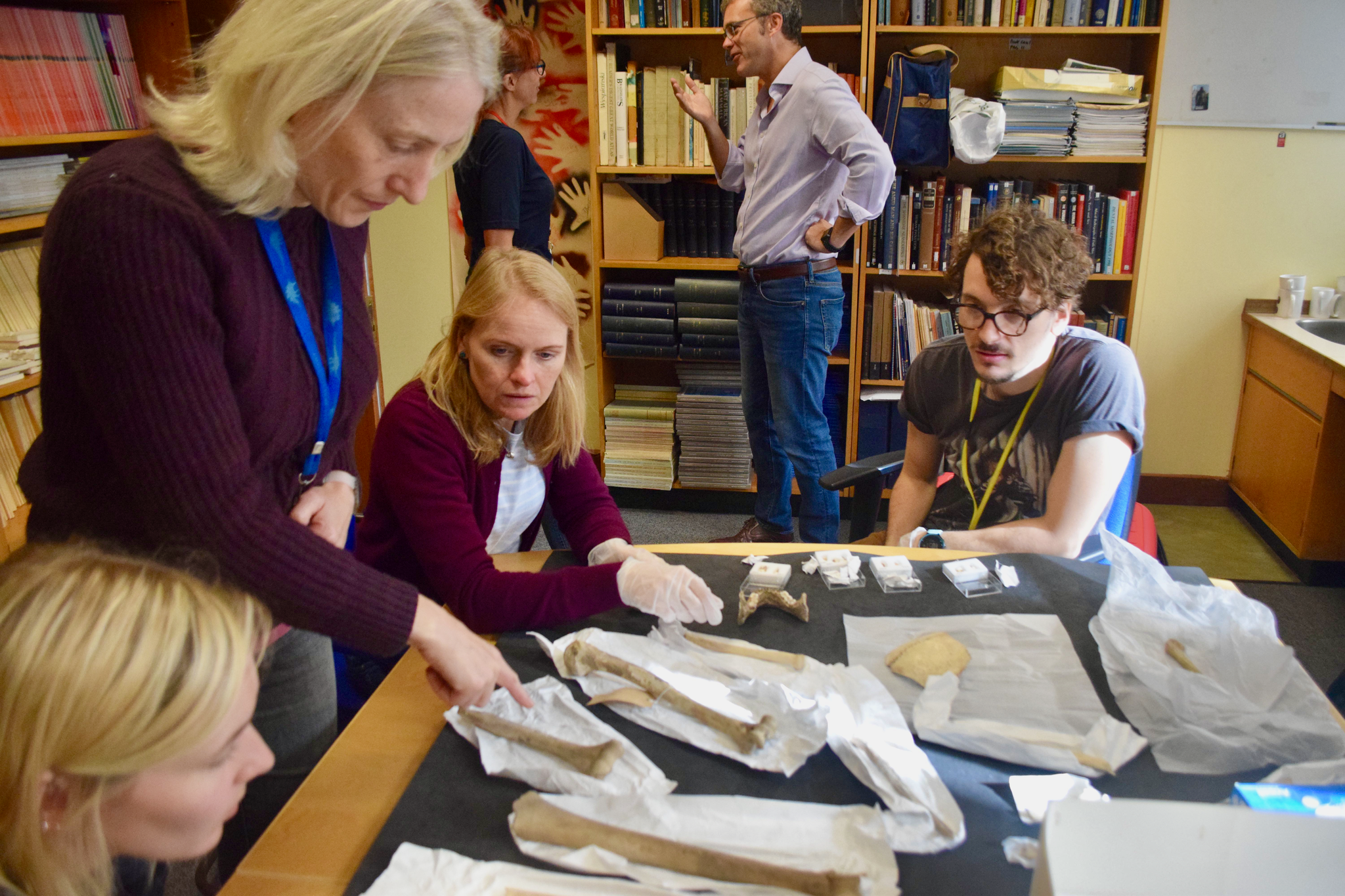
UK’s oldest human DNA obtained, revealing two distinct Palaeolithic populations
The first genetic data from Palaeolithic human individuals in the UK – the oldest human DNA obtained from the British Isles so far – indicates the presence of two distinct groups that migrated to Britain at the end of the last ice age, finds new research.
Speeding up DNA computation with liquid droplets
Recent studies have shown that liquid-liquid phase separation – akin to how oil droplets form in water – leads to formation of diverse types of membraneless organelles, such as stress granules and nucleoli, in living cells.
Chula Researches “Tooth Loss” in Thai People- A Hereditary Condition Caused by Genetic Abnormalities
Chulalongkorn dental research reveals that Thais suffer more tooth loss than their foreign counterparts with 9 out of 100 Thais suffering the condition. One of the most important factors is hereditary gene abnormalities.
The Locked Library: Disease Causes Cells to Reorder Their DNA Incorrectly
With super-resolution imaging, Penn Medicine researchers discovered that cells change the physical structure of their genome when they’re affected by disease
New Low-cost Device Rapidly, Accurately Detects Hepatitis C Infection
The entire virus detection process is executed inside a uniquely designed, portable, inexpensive, disposable, and self-driven microfluidic chip. The fully automated sample-in–answer-out molecular diagnostic set-up rapidly detects Hepatitis C virus in about 45 minutes and uses relatively inexpensive and reusable equipment costing about $50 for sample processing and disease detection. The disposable microfluidic chip also offers shorter times for a reliable diagnosis and costs about $2.
RBC Bioscience is Bringing its Lab Automation Solutions to the American Research and Diagnostics Market
Participation Announcement
Study shows HIV speeds up body’s aging processes soon after infection
HIV has an “early and substantial” impact on aging in infected people, accelerating biological changes in the body associated with normal aging within just two to three years of infection.
University of Kentucky Researchers Develop Online Portal to Show How Biases in RNA Sequences Affect Gene Expression
A recent publication from researchers at the University of Kentucky explains the importance of identifying and understanding how differences between tissues and cells alter gene expression without changing the underlying genetic code.
Largest study of domestic cat DNA identifies disease-causing variants in new breeds
Many disease-linked variants are declining in frequency in breeds regularly screened for the marker.